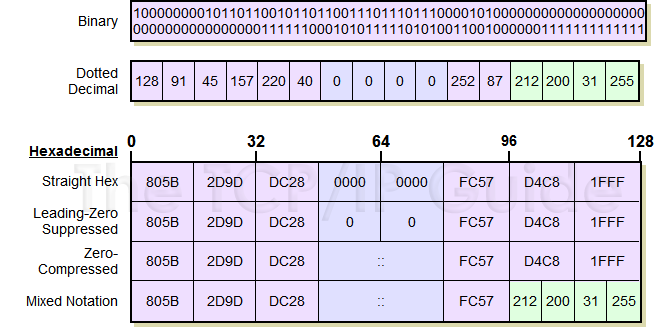 |
|
Please Whitelist This Site?
I know everyone hates ads. But please understand that I am providing premium content for free that takes hundreds of hours of time to research and write. I don't want to go to a pay-only model like some sites, but when more and more people block ads, I end up working for free. And I have a family to support, just like you. :)
If you like The TCP/IP Guide, please consider the download version. It's priced very economically and you can read all of it in a convenient format without ads.
If you want to use this site for free, I'd be grateful if you could add the site to the whitelist for Adblock. To do so, just open the Adblock menu and select "Disable on tcpipguide.com". Or go to the Tools menu and select "Adblock Plus Preferences...". Then click "Add Filter..." at the bottom, and add this string: "@@||tcpipguide.com^$document". Then just click OK.
Thanks for your understanding!
Sincerely, Charles Kozierok
Author and Publisher, The TCP/IP Guide
|
|
|

Custom Search
|
|
IPv6 Address and Address Notation and Prefix Representation
(Page 1 of 4)
Increasing the size of IP addresses from 32 bits to 128 bits expands the address space to a gargantuan size, ensuring that we will never again run out of IP addresses, and allowing us flexibility in how they are assigned and used. Unfortunately, there are some drawbacks to this method, and one of them is that 128-bit numbers are very large, which makes them awkward and difficult to use.
Computers work in binary, and they have no problem dealing with long strings of ones and zeroes, but humans find them confusing. Even the 32-bit addresses of IPv4 are cumbersome for us to deal with, which is why we use dotted decimal notation for them unless we need to work in binary (as with subnetting). However, IPv6 addresses are so much larger than IPv4 addresses that even using dotted decimal notation becomes problematic. To use this notation, we would split the 128 bits into 16 octets and represent each with a decimal number from 0 to 255. However, we would end up not with 4 of these numbers, but 16. A typical IPv6 address in this notation would appear as follows:
128.91.45.157.220.40.0.0.0.0.252.87.212.200.31.255
The binary and dotted decimal representations of this address are shown near the top of Figure 95. In either case, the word “elegant” doesn't exactly spring to mind.
|
|
| |||||||||||||||||||
Home - Table Of Contents - Contact Us
The TCP/IP Guide (http://www.TCPIPGuide.com)
Version 3.0 - Version Date: September 20, 2005
© Copyright 2001-2005 Charles M. Kozierok. All Rights Reserved.
Not responsible for any loss resulting from the use of this site.







